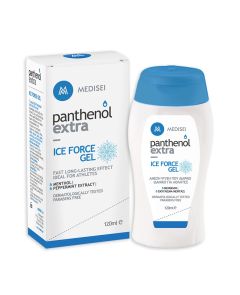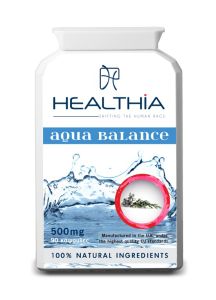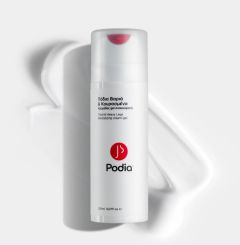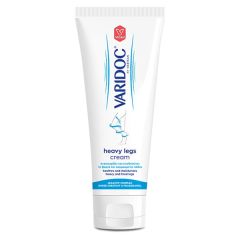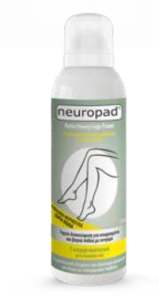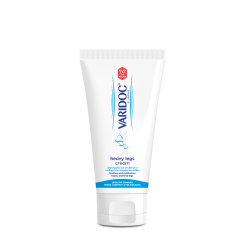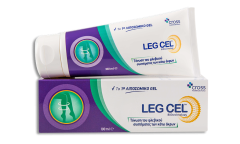Telangiectasias or Spider veins are small dilated blood vessels near the surface of the skin characterized as purple, blue or red lines. They are similar to varicose veins but are much thinner in diameter and not palpable.
- 70% of women and 40% of men suffer from chronic venous diseases in one form or another2
- In Germany about 300.000 varicose vein operations are performed each year3
- More than 50% of patients older than 40 years of age are affected by superficial venous insufficiency4
- Recent British study indicated that over 80% of the population aged between 18 and 64 year suffers from spider veins5
Not all risk factors can be excluded
- Medical history (genetic)
- Lack of movement
- Increasing age
- Pregnancy
- Trauma
- Sun exposure
- Obesity
Current treatments do not address all patients needs
Although there is no major health risk associated with spider veins, the social embarrassment can be a personal issue causing a person to seek for a solution. Current medication doesn’t address all aspects of people suffering from spider veins, e.g. superficial treatment, instant effect, …
1 Partsch. Varicose veins and chronic venous insufficiency. VASA European Journal of Vascular Medicine 2009; 38: 293–301 Volume 38, Issue 4, November 2009
2 Ahmad et al. Prevention or reversal of deep venous insufficiency by aggressive treatment of superficial venous disease. The American Journal of Surgery 191 (2006) 33–38;
3 Partsch. Varicose veins and chronic venous insufficiency. VASA 2009; 38: 293–301;
4 Marston. Evaluation of Varicose Veins: What do the Clinical Signs and Symptoms Reveal about the Underlying Disease and Need for Intervention? Semin Vasc Surg 23:78-84;
5 London et al. ABC of arterial and venous disease. BMJ VOLUME 320 20 MAY 2000.
40ml.


